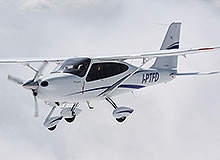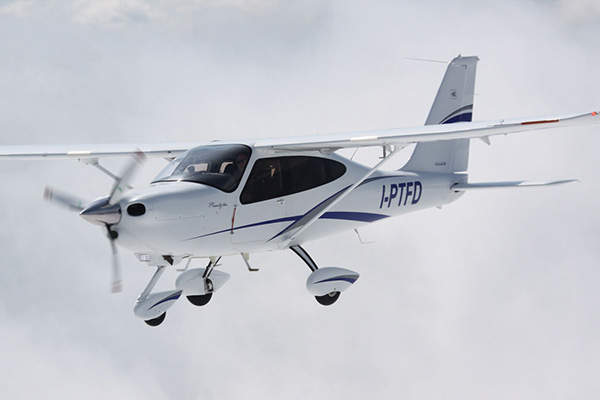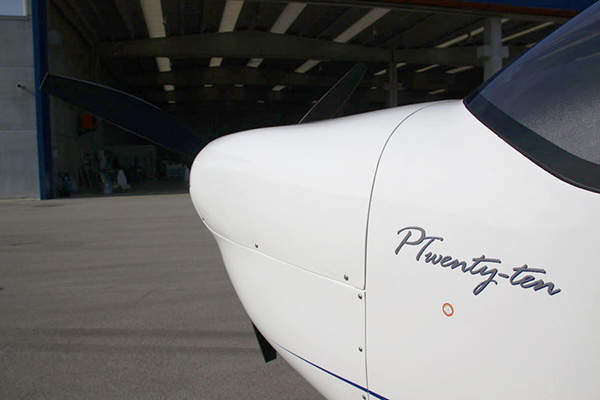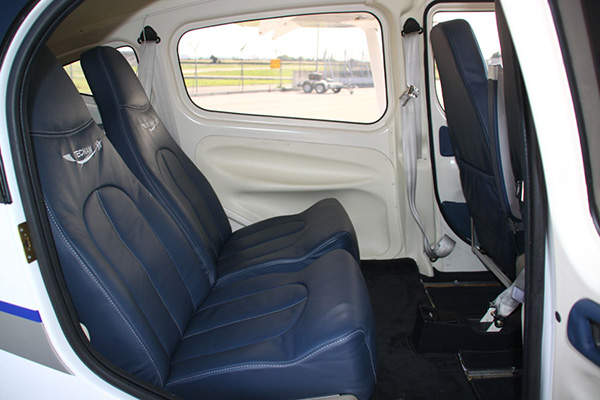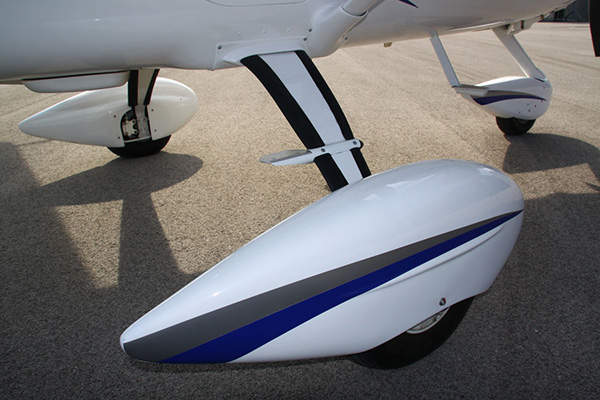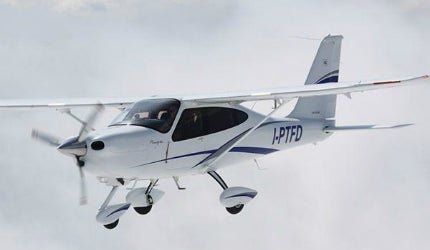
The P2010 is a four-seat single engine light aircraft developed by Tecnam, a producer of light sport aircraft, based in Italy. It was first unveiled at Aero Friedrichshafen 2011 show held in Germany.
It made its maiden flight in April 2012 at Tecnam Capua production facility in Italy and is currently undergoing certification tests. It is expected receive type certifications from EASA and FAA in 2013 and to enter service by the end of 2014.
The aircraft has received more than 40 orders since its introduction in April 2011.
Design of P2010 aircraft
The aircraft was designed by professor Luigi Pascale. It features an all-carbon fibre aerodynamic body and a metal wing. The wing is based on NACA63A aerofoil, and its carbon fibre body provides fuel efficiency, while the metal wing provides it with strength and stability.
It has a nose gear with a tubular steel leg that is attached to the lower engine mounted with a rubber shock absorber. The stabilator is horizontal in shape and incorporated from P2006T Twin and P2008 offerings, which provides good controllability and longitudinal stability. It a fixed landing gear that is designed to minimise drag and has a two-bladed propeller.
The aircraft has a length of 7.9m, a height of 2.7m, and wingspan of 10.3m. It has a wing area of 14.6m2 and a diameter of 1.88m.
Tecnam P2010 flight deck
Related project
AgustaWestland AW109 Power Light Multirole Helicopter, Italy
The AW109 Power light multirole helicopter has been developed by AgustaWestland in Italy.
The aircraft is equipped with Garmin G500 flight deck with 6.5in primary flight display and multifunction display capabilities. It is also fitted with a magnetic compass, GMA 340 audio panel, avionics circuit breaker panel, and GTX 328 transponder.
The flight deck also features indicators for airspeed attitude altitude vertical speed HIS, outside air temperature (OAT), true air speed (TAS), ground speed, wind direction, pilot system heated, and ELT Remote Switch/Annunciator.
In addition, the aircraft is equipped with a stall warning audible, stabilator trim position indicator, and handheld microphone. It also has five types of antennas, which include a Marker Beacon, transponder, VHF/GPS, NAV antenna, and emergency locator transmitter.
The primary controls of the aircraft are conventional type operated by control wheels and rudder pedals. The flight controls also include hydraulic brakes, castering nose wheel and parking brakes.
Cabin of the Tecnam P2010
Great attention has been paid for designing the cabin in order to provide comfort for pilot and passengers. The P2010 cabin can accommodate a pilot and three passengers in two side-by-side rows.
The cabin dimensions have a width of 1.14m and a length of 3.13m, with enough space for large instrument panel, and a large generous luggage compartment with a baggage space of 2.5m³. The cabin has a modular design tailored for using either an analogue or digital instrumentation package.
Engine and performance
The aircraft is powered by Lycoming IO-360-M1a single engine rated at 180HP and 2,700rpm. It features four cylinders and dual magneto ignition systems.
It has two integral fuel tanks installed in the wing box at the back of the main spar. The fuel capacity of the aircraft is 210l.
The maximum cruise speed of the aircraft is 136km/h at a range of 1,222km. The maximum takeoff weight of the aircraft is 1,160kg, the landing weight is 1,157kg, and the empty weight is 710kg.
The service ceiling of the aircraft is 4,572m and the rate of climb is 5.3m/s at sea level. Its landing distance is 200m.

